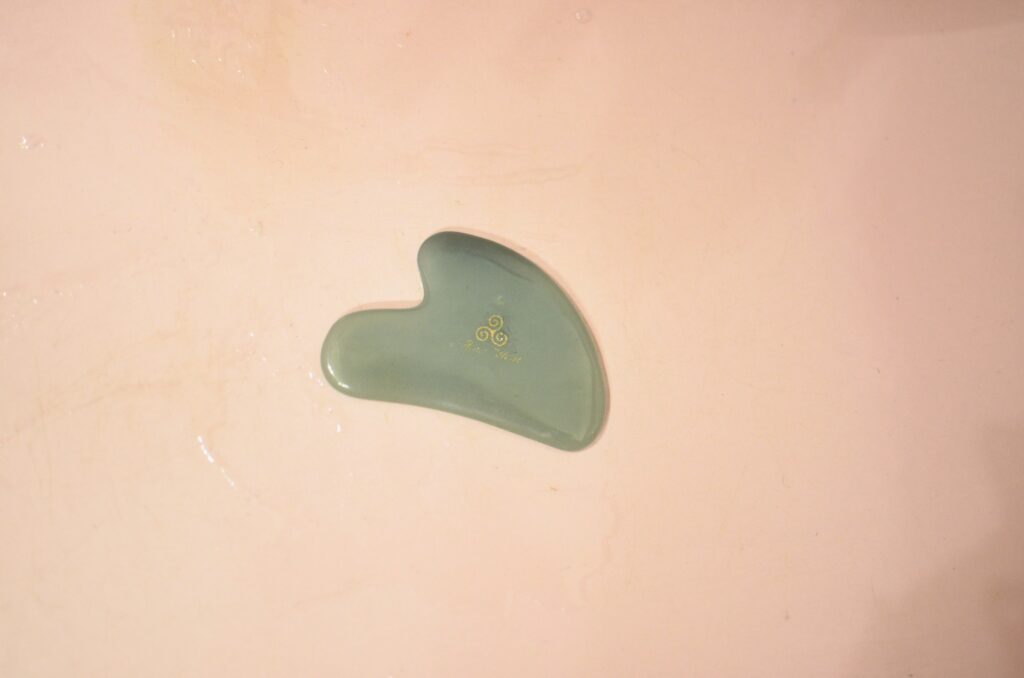The Power of Gua Sha: Effective Physical Therapy for Pain Relief and Muscle Treatment
Introduction
Physical Therapy Gua Sha is an ancient Chinese medical therapy technique that involves rubbing the skin with a smooth-edged instrument to stimulate circulation. The tool, often made of stone or porcelain, is used to apply pressure and scrape the skin in order to promote healing. In physical therapy, practitioners use Gua Sha for a variety of treatments, including pain relief, loosening tight muscles, and boosting the immune system. Gua Sha is an effective and safe alternative to traditional medicine for those seeking non-invasive treatments.
What is Physical Therapy Gua Sha?
Physical Therapy Gua Sha is a gentle but profound healing art used as a form of physical therapy that dates back centuries. It is a technique that involves scraping the skin with a smooth-edged instrument, such as stone or porcelain. The tool is then moved across the surface of the body in multiple directions to stimulate circulation and help relieve muscle tension and pain. It can be used on many parts of the body, including the back, neck, shoulders, legs, face, hands, and feet. This can provide relief for a variety of ailments, such as back pain, neck stiffness, tightness in the shoulders, and more.
The Science Behind Physical Therapy Gua Sha
Gua Sha is an ancient Chinese medical therapy technique that relies on stimulating circulation beneath the skin to promote healing. According to recent research, this stimulation causes the body to release toxins from muscle tissue, thus promoting healing. This is because the tissues are receiving increased oxygen and blood flow, which help to reduce inflammation and promote healing. Additionally, Gua Sha can stimulate nerve endings that can help to relax muscles and relieve pain.
Benefits and Uses of Gua Sha in Physical Therapy
Physical therapists may use physical therapy gua sha as a non-invasive treatment option to help relieve pain, reduce stiffness in muscles and joints, improve circulation, relax tense muscles, and boost the immune system. Some of the conditions that physical therapy gua sha can treat include back pain, neck stiffness and headaches, muscle spasms, and tightness in the shoulders. Additionally, it can be used to treat sports injuries as well as general aches and pains.
The Physical Therapy Gua Sha Procedure
Gua Sha is typically done with light to medium pressure on the skin, usually in a scraping motion. The practitioner will use a tool such as a jade or porcelain stone to gently move across the body’s surface. The skin may be lubricated with oil or lotion to help the tool slide smoothly. This scraping motion, called “gua sha” in Chinese, helps break up adhesions and relax muscle tissue while promoting circulation. Depending on the condition being treated, it may be done on areas such as the back, shoulders, legs, face, hands, and feet.
Risks and Side Effects
Physical therapy gua sha is generally considered safe when performed by a trained professional. It can be uncomfortable at times but should not cause significant pain or discomfort. Additionally, there may be some minor skin irritation from the scraping motion, such as temporary redness and tenderness. However, these effects usually go away within 24 hours of treatment.
Comparisons with Other Techniques
Gua Sha is often compared to massage therapy due to the similar effects and techniques used. However, gua sha can be more effective at treating certain pain conditions caused by muscle tightness and inflammation. It also requires less pressure than massage, making it appropriate for areas of sensitive skin such as the face.
Conclusion
Gua Sha is an effective tool for physical therapy practitioners to help reduce pain and treat various muscle conditions. With proper training, the technique can be used safely with minimal risks and side effects.

